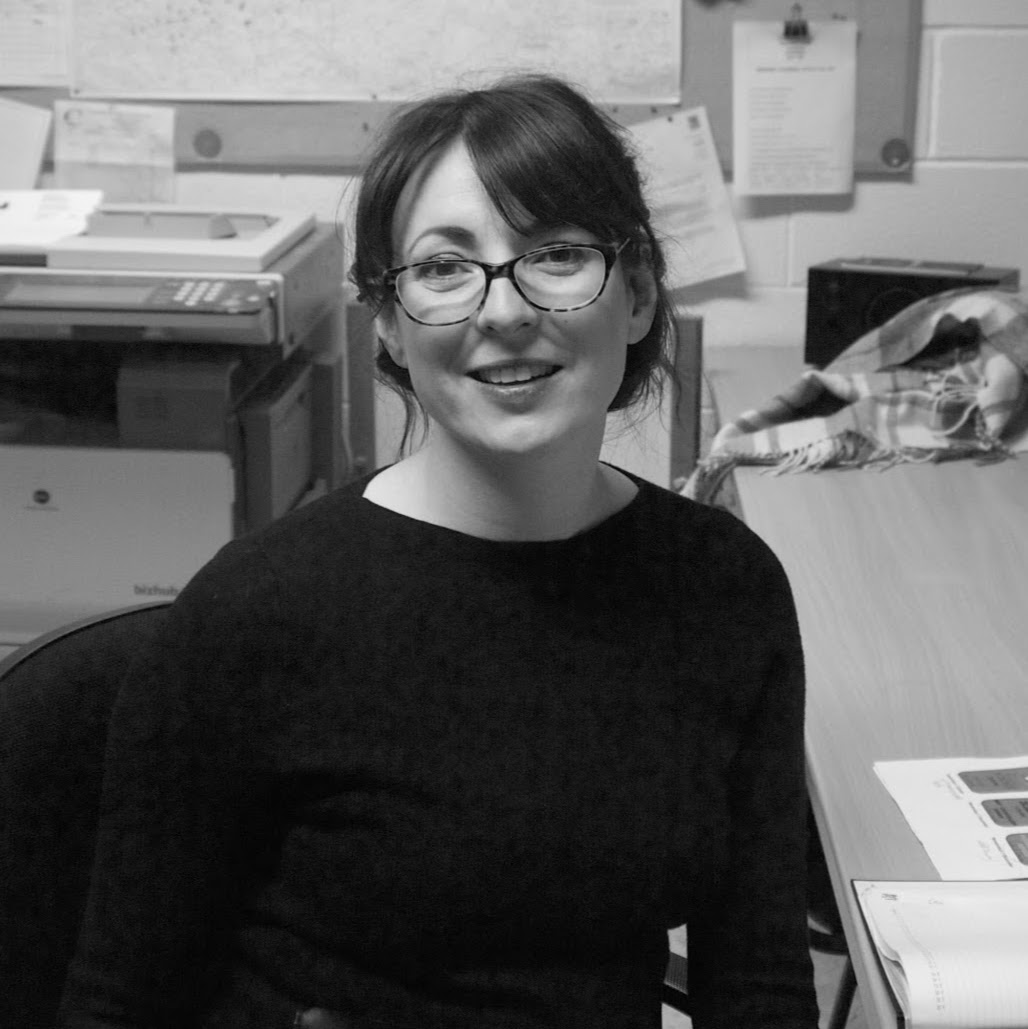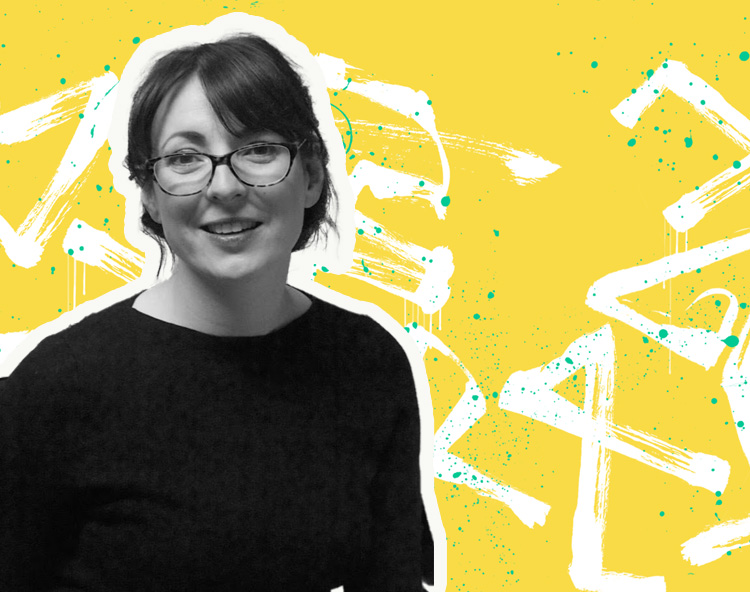Using Data for Profit
An overview of how basic data can help balance the books and more.
19 August 2022 · 10 min read


Show me a bar owner who doesn’t know his P&L over a month, season or year, and I’ll predict his business will join the abandoned buildings on the high street. You and your stakeholders are already managing basic data to ensure your books are balanced. But data (and its handling) is now a sophisticated industry. Not only are there vast applications within small to large hospitality businesses, but specifically, you can use data to save resources and impact profitability.

What is Data?
Data is a collection of facts represented in figures. Like facts, these numbers are not irrefutable. They can be disproved, wrong in the first place, and wilfully misused, but they are the closest proximity we have to the truth in the moment. When we have enough data, we can draw conclusions about a group. To collect information that can be represented by numbers, we need to ask a question. Answers to a hypothetical question can be either qualitative or quantitive. Qualitative data looks at the nature of things, and quantitive data looks at the number of things. So, for example, you could ask a qualitative question, such as ‘How do my customers feel about the new seasonal menu?’ This will result in people telling you about their responses in an open-ended way, such as I loved it, or I hated it. You tally up the number of loves, hates etc., and you have your data. Quantitive data asks a more black-or-white question such as ‘how many drinks have we sold from our new seasonal menu versus the same period last year’ your answers might be something like 150 in Y2 vs 250 in Y1. Both types of data tell you something unique. This year’s menu might be better received, but it’s not driving more sales. How you respond to that might relate to a business goal you have. The former might be better if your menu was a branding exercise, and the latter might be more useful if you had a sales motive. However, neither helps you understand how to utilise this information for greater profitability.
Data Drives Understanding
For that you need understanding. Statistical analysis is a tool that helps collect and analyse large amounts of data to identify common patterns and trends and convert them into meaningful information. It is a discipline that allows us to organise, analyse, interpret and present data in a way that can explain ‘why’ as well as ‘what’. For example, we could say that the new seasonal menu is creating fewer sales because it has been well received. This is a causal relationship. A causal relationship suggests that because of X, Y happened.

• However, it’s easy to misconstrue causal relationships.
Correlations between data sets don’t always imply cause and effect, and lots of scientific research works to break down assumptions about causality. For example, for a long time, it was assumed that because we could see a horizon, the earth was flat. It was empirical data presented in an accessible way that eventually proved to the general public that the world was round. Some people still don’t trust or understand this evidentiary proof.
• The trick to finding the right causal relationship is reducing the number of potential variables.
There is more to drink sales than simply launching a new menu. You might argue, for example, that last year there was a glut of custom as people poured into bars after the release of lockdown pressures, and that’s why last year had more sales. When we talk about empirical data, we mean evidence-based data that people have collected via verifiable observations and experience, rather than basing their theories on pure logic or philosophy alone. So, while your experience might suggest that you ‘seemed’ busier last year, without comprehensive data, you’ll never know.
Where is Data Used in Business?
However, the numbers presented in a file don’t mean much to most people. So data professionals spend a significant amount of time figuring out how to present their data as persuasive arguments to a layperson. This is called data analysis, and there are several methods employed. Descriptive Analysis of data is used to answer the question ‘what happened at a given period’ and provides insights into past events. It is used in marketing and social jobs to look at events or specific problems to achieve change. For example, a marketeer might ask what happened to the publishing industry when the ebook launched, and a politician might ask how people voted in the last election. A lag in information like this means a business is reactive to hindsight. Diagnostic Analysis seeks to find a cause between two or more things. A question will be more targeted. A marketer might ask if we call our website’ pizza van at your wedding dot com,’ will we drive more organic traffic to our website from couples ready to book pizza vans for their wedding? And a scientist might ask if we reintroduce this animal to this park, will it reconfigure diversity between the species? It’s experimental in nature and therefore comes with risks. Predictive Analysis uses historical trends to forecast future probability. Predicting the future accurately gives businesses a competitive advantage. Historical data is critical in identifying patterns and trends in predictive analytics projects. Netflix uses predictive analytics models in its recommendation engine to predict user behaviour and suggest TV shows and films. Amazon uses past purchases and browsing history to recommend products to users. In order for predictions to be accurate, data needs to be kept clean and relevant. Adaptive (or Prescriptive) Analysis is used in machine learning (AI), computer science and business analytics. It asks what will happen, what should we do, and finally, what is the effect of that decision? It is used by self-driving cars when the machine, as opposed to a human driver, analyses the real-time incoming and stored data to make decisions.
How Data Impacts Business Your Bottom Line
How Data Impacts Business Your Bottom Line
An excellent example of using data to increase profitability comes from Christina Wilcox, Business Development Manager for The Procurement Co. Their business looks after procurement for several high-end high street restaurants and bar chains in three steps.
- 1. They create the best possible theoretical GP for the year from the sales mix data they pro-vide.
- 2. Then look at where they could make more money in response to seasonal trends and give them purchasing models to align with that potential maximum theoretical GP.
- 3. That means ensuring the sales data they provide is factually correct and current and then drilling down into their menu options.
“For example, we looked at the theoretical GP provided by head office versus the sales data. From one franchise business we work with we found that beef cuts were outselling any other Sunday roast on their successful Sunday lunch menu. However, beef is expensive and has a slimmer GP margin than alternative joint cuts. So we have changed the Sunday lunch menu to include a triple roast. This is an attractive option to the customer, and we predict this dish will outsell beef by 50% by the end of the year. This will impact the overall GP, as the plate includes only one slice of expensive meat, not three. If rolled out correctly, the option will be a win-win for both the restaurant owner and their customers."

———— The views and opinions expressed in this article are those of the author and do not necessarily reflect those of Freepour.









